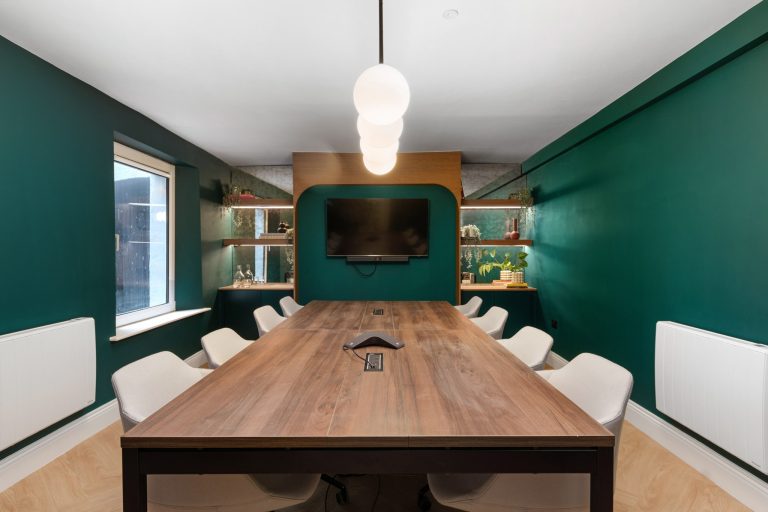What if you were given the autonomy to complete your work while choosing where and how it’s carried out?
What if work was measured by output and not by time spent?
What if you’re more productive in the evenings than during traditional working hours?
A Results Only Work Environment (ROWE) is a way of working that debunks traditional work methods in favour of results based outcomes. In essence, work is assigned and an employee is expected to complete it within a certain time frame and to a particular standard. When, where and how the work is carried out is up to the employee.
Employees are therefore free to choose where they work. Options are unlimited – work from home (WFH), or from a co-working space, or from a library or a coffee shop. Employees are free to choose how and where they allocate their energy. The practical benefits include no or low commuting, more time with family, flexibility to manage personal affairs and an overall better work life balance. Side effects include employee autonomy, independence, satisfaction and joy.
Making it work
For businesses considering implementing Results Only Work Environment there are techniques which can promote success when implementing this new way of working.
Define The Task
For this form of working to be successful, it’s important that the scope of the work is clearly defined. A written brief is helpful with bullet points on what is to be covered. The core elements could be agreed in advance with milestones to be achieved at defined points in time and within agreed time limits. Defining the task will help to manage expectations for both employer and employee and will also allow for a level of employer supervision. Take employee feedback on board and take a collaborative approach.
Employees should be a good fit
Employees need to be suitable candidates. They need to be able to work independently, be trustworthy and have ninja level time management skills. If their preferred workspace is home then circumstances need to facilitate home working. This means access to a distraction free space in the home as well as adequate connectivity, privacy and security.

Employees must be trustworthy and have “ninja level” time management skills
Agree On Quality
Avoid gaps in expectations when it comes to the standard of work. This can be more complicated when the work is bespoke or complex and in these circumstances it’s helpful to define the objective of the work and then align the quality needed to achieve that objective. Consider reference to prior tasks and analyse how and why they were successfully completed.
Facilitate A Choice of Workplace
Out of the office doesn’t just mean working from home. The “hub-and-spoke” model is gaining huge traction in CRE circles as it allows employees to spend time working in professional office settings close to their homes whilst coming in to HQ for meetings and significant events. That model can be established quickly by using flexible office providers and coworking spaces. Employers could consider an allowance for a monthly co-working membership whereby employees can choose their own space.
Maintain a Connection
Lack of social integration and face-to-face collaboration with a work from home set up can wear over time. Many employees still want access to the office and although preferences vary from 1 day a month to full time, the medium preference seems to be between 1 -2 days in the office and 3-4 days outside of the office per week. A results only work environment can be implemented within all preferences but it works best when there is some level of face-to-face.



